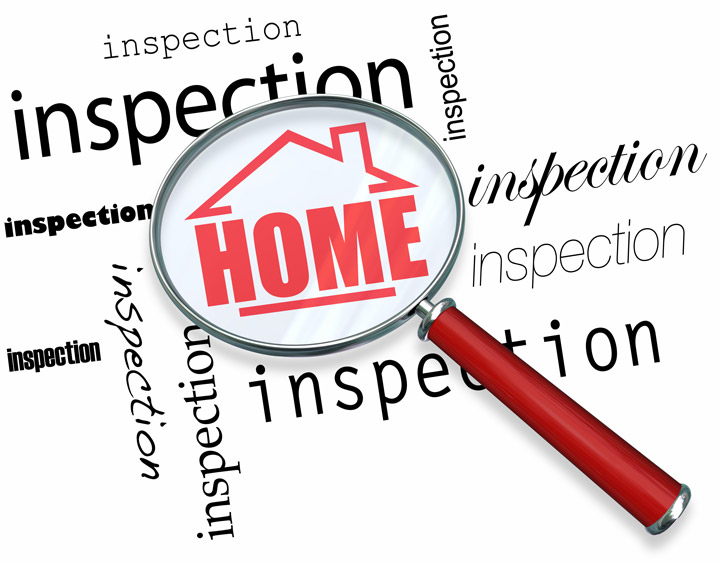
What Are the Parts of an Appraisal?Their home's purchase is the most serious financial decision most of us might ever consider. Whether it's a primary residence, a seasonal vacation property or a rental fixer upper, purchasing real property is a complex transaction that requires multiple people working in concert to make it all happen. Most people are familiar with the parties having a role in the transaction. The real estate agent is the most familiar person in the exchange. Next, the lender provides the money required to finance the transaction. And the title company makes sure that all areas of the transaction are completed and that the title is clear to pass from the seller to the purchaser. So, what party makes sure the property is worth the purchase price? In comes the appraiser. We provide an unbiased opinion of what a buyer might expect to pay — or a seller receive — for a property, where both buyer and seller are informed parties. A licensed, certified, professional appraiser from Pacific Flyway Consulting LLC will ensure, you as an interested party, are informed. Appraisals start with the property inspectionTo ascertain an accurate status of the property, it's our duty to first complete a thorough inspection. We must actually view features, such as the number of bedrooms and bathrooms, the location, amenities, etc., to ensure they indeed are there and are in the shape a reasonable person would expect them to be. The inspection often includes a sketch of the property, ensuring the square footage is accurate and conveying the layout of the property. Most importantly, the appraiser identifies any obvious features - or defects - that would have an impact on the value of the property. Following the inspection, an appraiser uses two or three approaches to determining the value of real property: a sales comparison, a replacement cost calculation, and an income approach when rental properties are prevalent. 
Replacement CostHere, we gather information on local building costs, labor rates and other factors to ascertain how much it would cost to replace the property being appraised. This figure usually sets the upper limit on what a property would sell for. It's also the least used method. 
Analyzing Comparable SalesAppraisers become very familiar with the communities in which they appraise. They thoroughly understand the value of particular features to the people of that area. Then, the appraiser looks up recent transactions in the area and finds properties which are 'comparable' to the real estate in question. By assigning a dollar value to certain items such as fireplaces, room layout, appliance upgrades, extra bathrooms or bedrooms, or quality of construction, we add or subtract from each comparable's sales price so that they are more accurately in line with the features of subject.
A true estimate of what the subject could sell for can only be determined once all differences between the comps and the subject have been evaluated. At Pacific Flyway Consulting LLC, we are an authority in knowing the value of real estate features in Columbia City and Columbia County neighborhoods. This approach to value is commonly awarded the most consideration when an appraisal is for a real estate sale. Valuation Using the Income ApproachA third method of valuing a house is sometimes employed when an area has a measurable number of renter occupied properties. In this situation, the amount of income the real estate produces is factored in with income produced by nearby properties to give an indicator of the current value. Coming Up With The Final ValueAnalyzing the data from all applicable approaches, the appraiser is then ready to put down an estimated market value for the property at hand. It is important to note that while the appraised value is probably the most reliable indication of what a house is worth, it may not be the price at which the property closes. There are always mitigating factors such as the seller's desire to get out of the property, urgency or 'bidding wars' that may adjust the final price up or down. But the appraised value is often employed as a guideline for lenders who don't want to loan a buyer more money than the property is actually worth. The bottom line is, an appraiser from Pacific Flyway Consulting LLC will help you get the most fair and balanced property value, so you can make the most informed real estate decisions. |